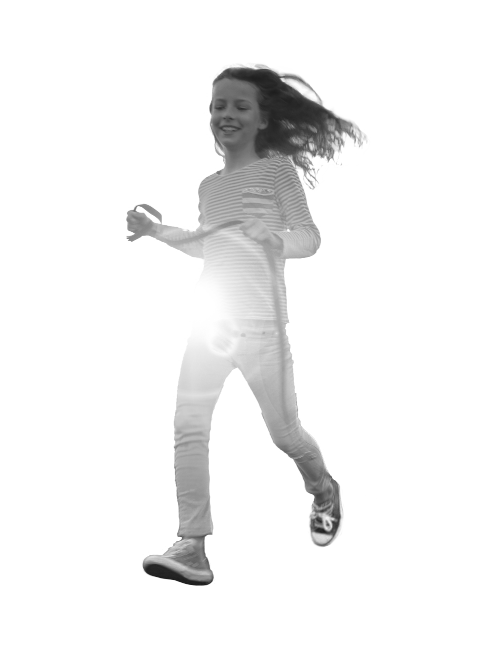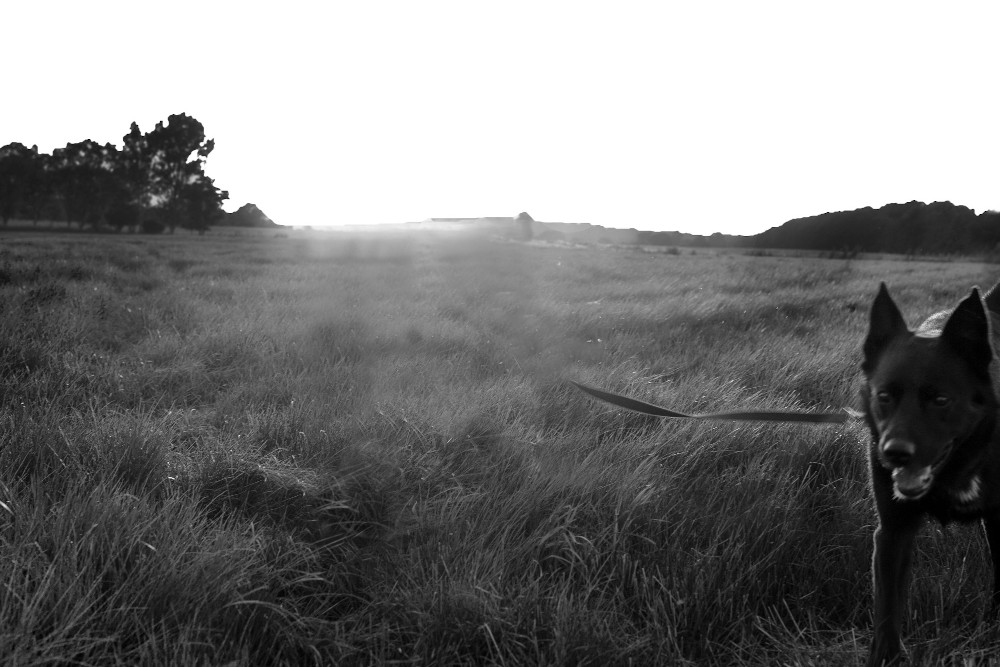With Bracing and Physical Therapy, Katie's Scoliosis Improves
Katie’s pediatrician found her scoliosis during a routine exam when she was 9 and referred her to Shriners Children's Lexington.
When she first visited Vincent Prusick, M.D., a pediatric orthopedic surgeon at Shriners Children's, Katie's curve was 17 degrees, which only required monitoring. By the time she was 11, though, Katie's curve had progressed to 28 degrees.
Now 13 and an active seventh-grader, Katie has completed the necessary steps at Shriners Children’s Lexington to improve her spine curvature and help maintain it at a healthy level. Today, thanks to bracing and physical therapy, her spine curve is less than 15 degrees.
Scoliosis Specific Exercises, Brace Train the Body to Straighten Spine, Build Strength
For many patients with scoliosis, especially those who are preteens and growing quickly, doctors may recommend a thoracic lumbar sacral orthosis (TLSO) brace. The brace is typically worn up to 23 hours each day until the child stops or slows growing. The brace applies corrective pressure to specific areas of the body. The hope is that with the pressure, the spine will migrate in the desired direction, correcting the curvature as the child grows.
Compliance with brace-wearing is critical. Research has shown that patients with scoliosis who wear a brace for the prescribed amount of time often see a significant positive impact in controlling their spinal curve.
Additionally, with its scoliosis specific exercise (SSE) program, Shriners Children’s Lexington helps patients like Katie focus on active postural correction and awareness to decrease the changes that occur with scoliosis.
“Through specific positioning and postural corrections, we work on changing our brain’s idea of ‘normal’ posture from the shifted scoliotic posture to a more midline, symmetrical posture,” said Margaret Damron, Katie’s physical therapist. “This approach also includes expansion breathing techniques for ribcage health and specific muscle activation to facilitate derotation of the trunk.”
Damron said the SSE program is ideal for patients with a curvature greater than 20 degrees with noticeable physical differences at the shoulders, hips and torso.
“The goals for our kids is to improve postural awareness and active correction so that those shifts don’t increase over time,” she said. “The active corrections and positioning are kind of like teaching the patient to correct their posture the same way their TLSO brace does.”
Benefits include improved posture and less noticeable physical differences in the shoulders, hips and torso. Damron said these improvements also help with patients' self-esteem.
Patients also receive a traditional strengthening and stretching program with exercises to improve the strength in their torso and flexibility, which can be a concern when wearing a brace for a full-day.
“This program requires repetition and commitment to consistent completion at home for maximum benefit,” Damron said. “The integration of improved posture requires so much repetition it is critical to perform a home program at least five days per week with the goal of 30 minutes per day at minimum. It is also imperative to be compliant with prescribed brace wear as this is helping to correct all day. In combination, we hope to maximize the benefits and reduce the risk of continued curve progression."
I wish I could tell my younger self that I’d get to this point. It can be stressful and scary, but Shriners Children’s and my supportive circle helped me through.
Patient Compliance Makes All the Difference
Katie’s mom, Julie, said the physical therapy and Katie’s own compliance with brace-wearing made all the difference.
“She did all the exercises at her physical therapy appointments and then did them five days a week at home too,” Julie said. “When you put it all together — her doctor’s care, her brace compliance, the PT — it has had a significant impact, cutting her curve progression down by half.”
Katie, who enjoys playing volleyball, painting, reading and coaching cheerleading, wore her brace 23 hours each day for more than two years, which she admits was challenging at times.
“I experienced some pain at first and the brace was hard to sleep in sometimes,” Katie said. “And no one really wants to wear a brace for practically the whole day. But, I realized that it’s a short-term problem to have for a long-term solution.”
Katie has some encouragement for other kids starting their brace-wearing journey.
“If you stick with it and put in the hours, you can get the results you need to feel better and move on with doing the things you love,” Katie said.
Julie said that, like many preteens, Katie felt that appearances were important, and sometimes the brace added to those stresses.
“She was dealing with some pain and already worried about body image at her age,” she said. “But it is amazing how well she’s done and how much all the care at Shriners Children’s has helped her.”
Katie said the support of her care team, family and friends has been a huge part of her treatment journey.
“I would tell any kid facing what I was, to surround themselves with people who love them and support them,” she said.
For those parents and caretakers facing a scoliosis diagnosis, Julie had the same advice. There are plenty of resources, she said, including Shriners Children’s.
“Take a deep breath, educate yourself and ask a lot of questions,” she said. “I can’t say enough great things about Shriners Children’s Lexington. They answered phone calls from a panicked mother with infinite questions. They recommended special shirts and creams to help Katie be comfortable. They wrote school notes to help her avoid embarrassment. There was support and tremendous patience from the prosthetics team with making adjustment after adjustment to get her comfortable, and explaining everything along the way. And then our physical therapist, Margaret, she was there from the get-go in a big way.”
Katie recently completed her treatment regimen, and will only need to visit for check-ups every six months to monitor her curve. Today, Katie said she sees a definite improvement in her posture, and feels great.
“I wish I could tell my younger self that I’d get to this point,” she said. “It can be stressful and scary, but Shriners Children’s and my supportive circle helped me through.”
Excellence in Care







